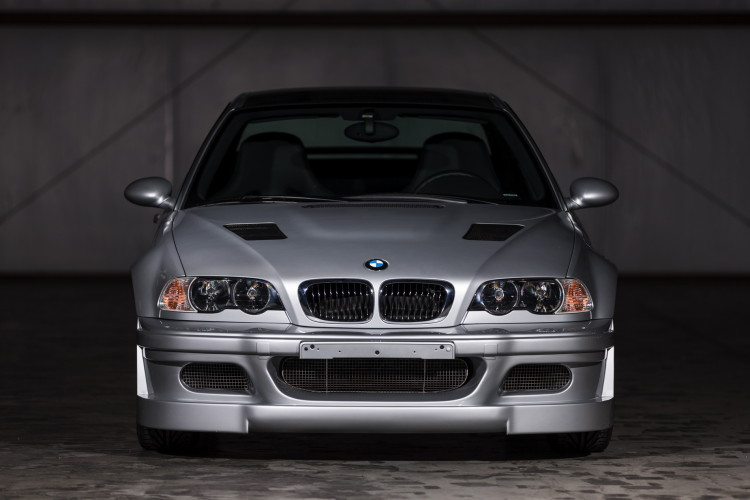BMW's Secret Weapon: The Elusive M3 GTR E46 Resurfaces After 23 Years

The BMW M3 GTR is not just another M model; it’s a unicorn in the world of high-performance automobiles. Born during the golden era of the E46, this icon has recently made a rare appearance, thanks to a new video released by BMW Classic. Showcasing this marvel, the video pulls back the curtain on a special, clandestine collection of M cars, meticulously preserved in an underground bunker by BMW. If the walls of this vault could speak, we’d likely hear tales of engineering brilliance, adrenaline-pumping races, and the evolution of automotive excellence.
The allure of the M3 GTR is undeniable, especially when juxtaposed against the soaring prices of new M3 models. Back in 2001, this automotive masterpiece carried a staggering price tag of €250,000. Adjusted for inflation, today's value surpasses €400,000. For context, the 2024 M3 CS launched at a comparatively modest €146,000 in Germany. But the M3 GTR stands on a pedestal of its own, having been a homologation special of which only 10 units were ever produced, making it a sought-after masterpiece.

The M3 GTR Strassenversion, as it’s officially known, was a sleek Titan Silver Metallic powerhouse fitted with just two seats. But what truly sets it apart is what lies beneath the hood: the P60B40, a naturally aspirated 4.0-liter V8 engine. This powerplant churns out an impressive 346 horsepower and 269 lb-ft of torque (365 Nm), sending the car hurtling down roads at top speeds of 295 km/h (183 mph), making it the fastest M3 E46 variant. The engine's power is funneled to the rear wheels via a six-speed manual transmission coupled with a variable limited-slip differential, ensuring a driving experience that’s both exhilarating and precise.
Over two decades since its unveiling, the M3 GTR still garners admiration for its striking design and engineering prowess. With extensive use of carbon fiber, this machine tips the scales at a mere 1,350 kilograms (2,976 pounds), only marginally heavier than the M3 CSL, which housed a smaller inline-six engine. Despite being slightly restricted, the M3 GTR’s engine was of genuine race car pedigree, complemented by larger front and rear aprons and a commanding rear wing that bespoke its performance-centric design.
Performance came at a price, and not just a financial one. The M3 GTR required its elite owners to make significant sacrifices. To shed every possible pound, BMW removed the rear seats and ditched the air conditioning. Even the radio was axed in the name of weight saving. But when you’re behind the wheel of such a masterpiece, who needs a radio when you have the raw symphony of the P60B40 engine singing its melody?
BMW’s recent showcase of the M3 GTR E46 in their video is more than just a nostalgic glance backward; it’s a reminder of the brand’s relentless pursuit of performance and innovation. For those lucky enough to own or merely witness this marvel, it’s an experience that transcends the ordinary and delves deep into the annals of automotive history. The M3 GTR E46 isn’t just a car; it’s a legend revived, and even after 23 years, it continues to accelerate hearts and imaginations.